1.U.S. Only Has 950,000 Hospital Beds.
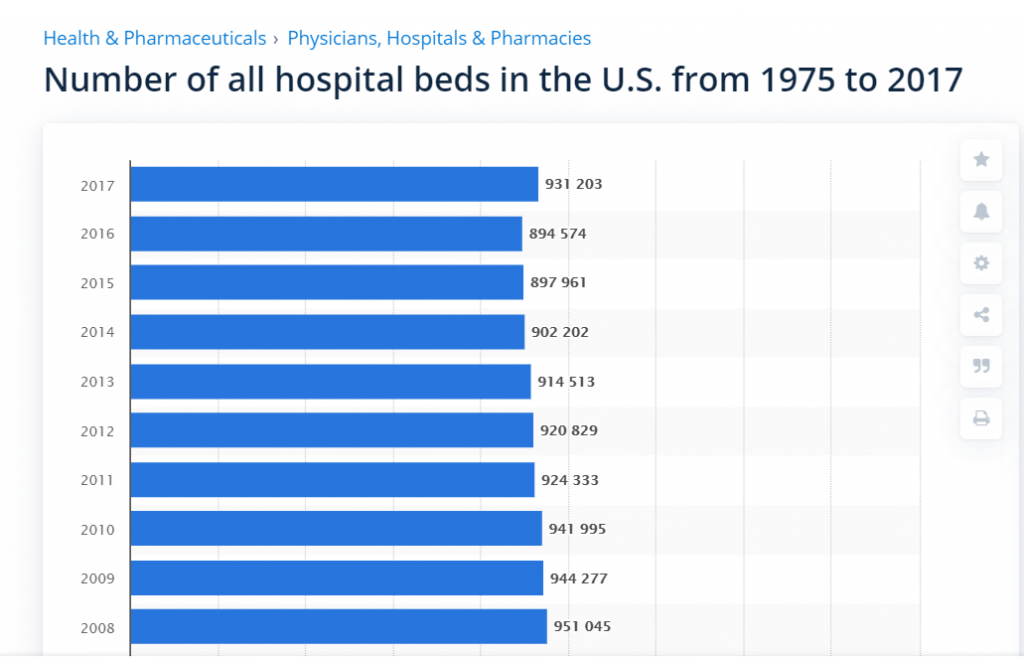

https://www.statista.com/statistics/185860/number-of-all-hospital-beds-in-the-us-since-2001/
2.Monday 3500 Stocks Hit 52 Week Low…Highest Level Since 2008
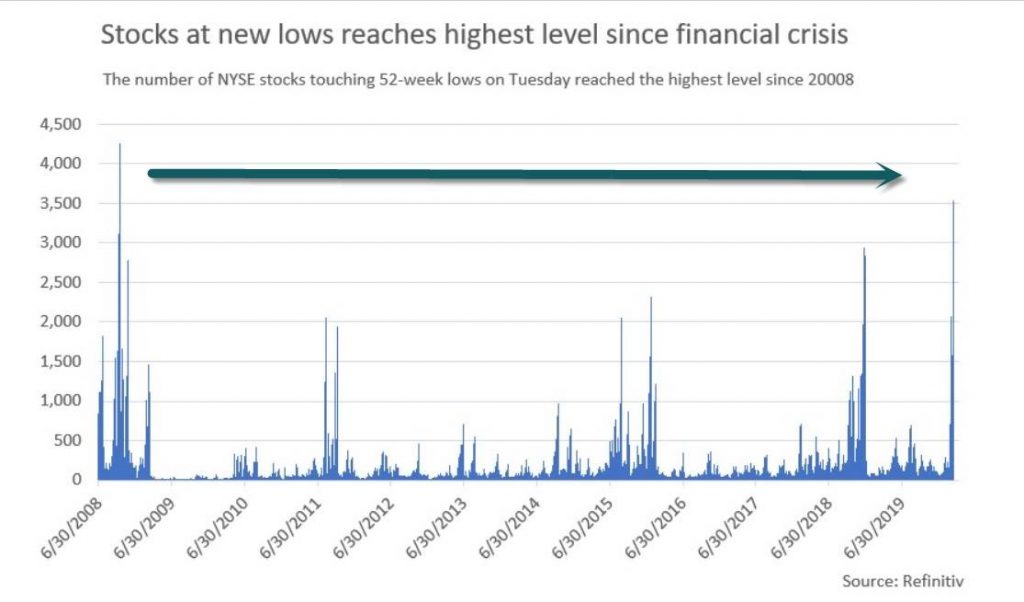
3.The Percentage of Stocks Breaking Below 200 Day Moving Average-3rd Lowest Reading
The percentage of NYSE stocks trading above their respective 200-day MA broke well below 20– now at its third lowest reading dating back to 1993-

4.Disney Stock -27%…Theme Parks=27% of Revenues.

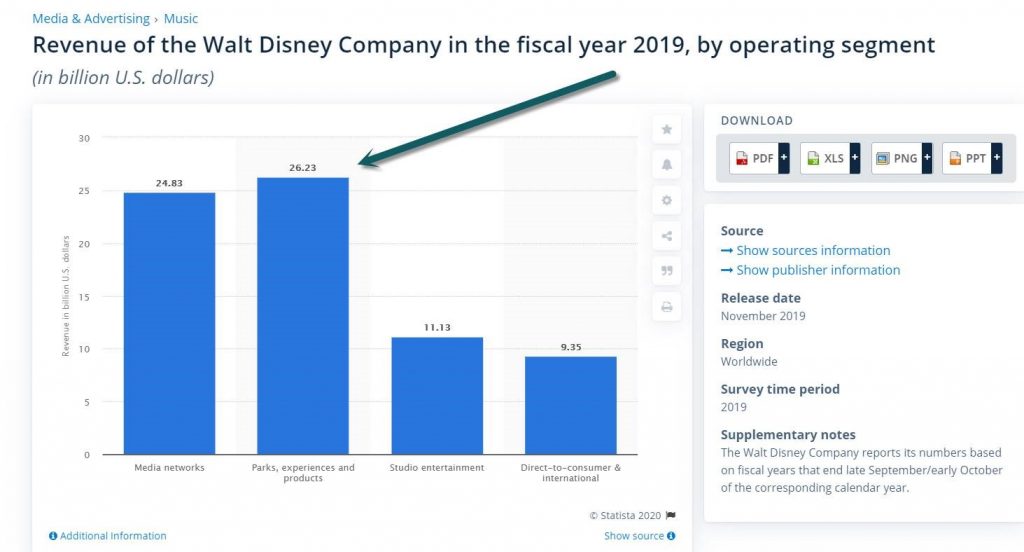
https://www.statista.com/statistics/193140/revenue-of-the-walt-disney-company-by-operating-segment/
5.Russian Market -22%
Russian Stock Market Not Down Much More Than Other Emerging Markets Considering Oil Implosion

6.First Trust Updated Intra-Year Declines Chart.
Pullbacks are commonplace.
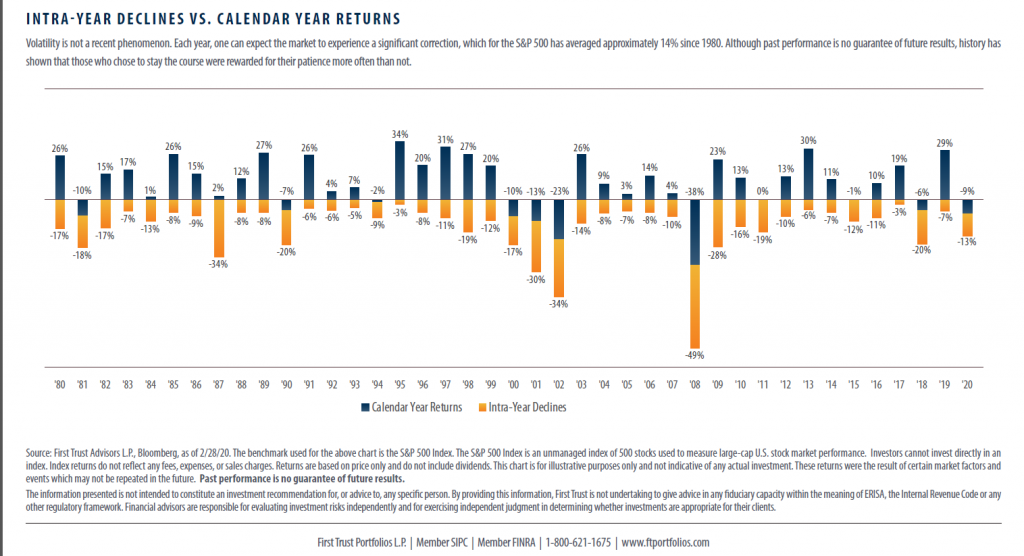
https://www.ftportfolios.com/retail/blogs/bloghome.aspx
7.Will Interest Rate Record Lows Drive Home Buying Boom?
Homebuilder ETF -16% from highs
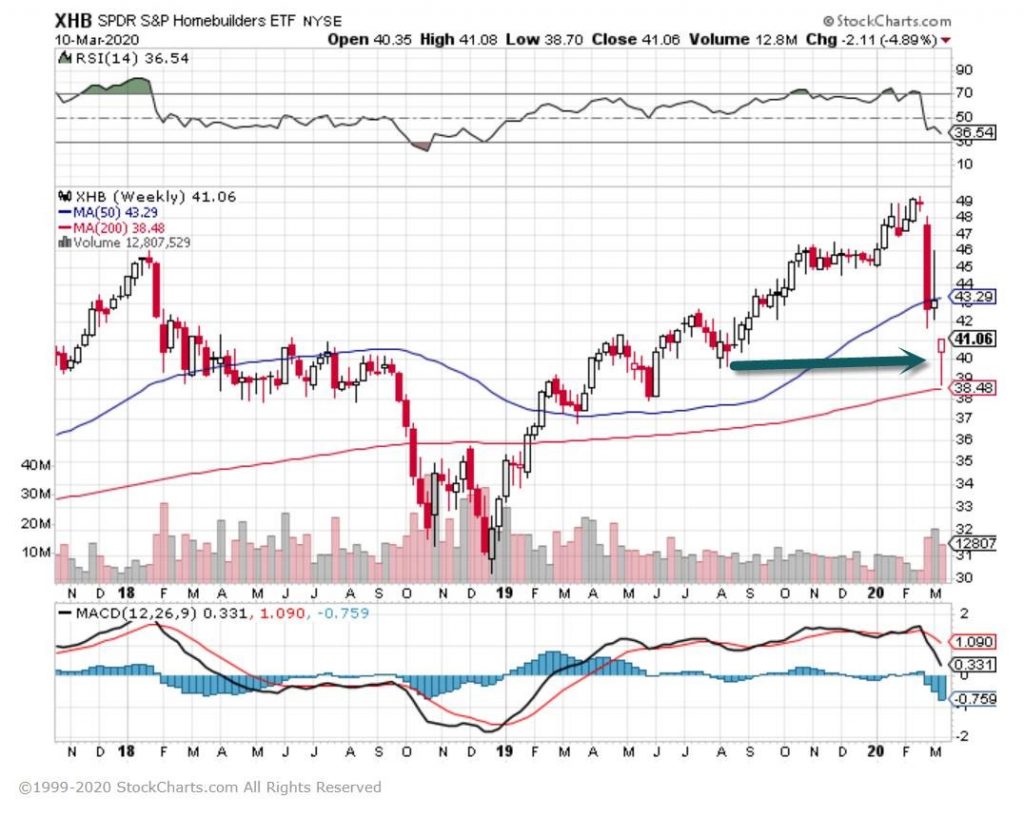
8.S&P Energy Sector 2000-2020
Bespoke Group

https://www.bespokepremium.com/interactive/posts/think-big-blog/a-day-for-the-decade
9.Amazon Walk Out Stores.
| RETAIL Amazon Likes to Walk It Out “Amazon Go” (CC BY-ND 2.0) by shinya Amazon has begun shopping its cashierless checkout tech to other retailers. Called “Just Walk Out,” the technology lets you just walk out of a store without paying, or more importantly talking to, anyone. How Just Walk Out works: You swipe your credit card at a turnstile to enter. The technology that powers self-driving cars (“computer vision,” “sensor fusion”) keeps track of what you take off the shelf and put in your shopping cart. Then, you walk out and your credit card is charged. Amazon already uses this tech at 25 Amazon Go convenience stores and a full-sized, cashierless grocery store it opened in Seattle last month. This is classic Bezos. First, you build a tool that’s useful for your own operations, like a cloud computing platform. Then, make that tool so powerful everyone else wants a piece. That concerns some labor rights groups. “This so-called cashierless technology is nothing but a Trojan horse that will let Amazon control and monopolize competing retailers,” said the president of the United Food and Commercial Workers International Union. |
10.The simple power of checklists
Here are the key reasons why checklists can be an important tool for cultivating discipline and professionalism:
- Checklists make sure you don’t overlook the basics. – In the book, Dr. Gawande describes checklists as a type of “cognitive net” that protects us from our mental flaws (our limitations in memory and attention). Checklists ensure that we don’t miss the basics, especially when we’re feeling a bit tired or lazy.
- Checklists free up your mental resources for the hard stuff. – Once you have the basics out of the way, this frees up your mind to actually think about the tough choices, including times when something unexpected or unplanned comes up and being focused is particularly important.
- Checklists keep you disciplined and on track. – Checklists encourage routine and following protocol. When we get super familiar with something, it’s easy to do it half-heartedly and slip up. It’s when we become too comfortable in what we know that a checklist can sometimes be most useful.
- Checklists save you time. – Since the basics are in front of you, you don’t have to mentally run through them and this can save you critical amounts of time. This is especially important in a time-sensitive situation like emergency surgery or landing an airplane.
While checklists aren’t necessarily the most sexy or exciting thing in the world, they can be very valuable tool in reducing “stupid mistakes” and raising our overall standards in whatever work we are doing.
How to create your own checklists
There is such a thing as a “good checklist” vs. a “bad checklist.” Here are healthy tips and suggestions on how to create and improve your own checklists:
- Focus only on the absolute essentials – The goal of a good checklist is to convey the essentials without going into too many details. Checklists aren’t designed to be “how to” guides, they are essential reminders. A good checklist only needs to be 5-10 items.
- Keep it simple and practical – Use language that is easy to understand and precise. If your checklist takes extra time to read or understand, then it’s not serving it’s proper function. Checklists are designed to make things easier and efficient.
- Define your “pause points” – An important question to ask yourself is, “When should this checklist be used?” “Pause points” are a specific time when you (or a team) need to stop to run through a set of checks before proceeding to the next step (this is similar to the concept of mindful nudges).
- Decide whether it’s a “Do-Confirm” or “Read-Do” list. – A “Do-Confirm” list is checking something you already did (like a preflight checklist a pilot runs through before they can take off). A “Read-Do” list is when you do the items as you go along (like cooking a recipe, you follow as you go step by step).
- Be willing to revise and update when necessary. – Once you create your checklist, don’t hesitate to go back and change things in the future. Often you need to experiment with a checklist before you start getting ideas on how to improve it.
This last step is probably one of the most important to remember. Your checklist doesn’t have to be “set in stone” – it should be susceptible to changes and experimentation. Even in Atul Gawande’s research project, hospitals were often encouraged to change their prescribed checklists to fit their specific needs and preferences.
The “No Brown M&M’s” Clause
One of the most interesting stories shared in The Checklist Manifesto is about Van Halen and their lead singer David Lee Roth.
At their prime, Van Halen was known for being a big arena rock band which included an intricate live show with lots of technical gear and specific instructions to follow. Touring from state to state, bands usually have a “rider” to let stadium personnel know how to set up their live equipment. It essentially functions as a checklist.
David Lee Roth would include one weird “step” within this checklist where he’d ask for a bowl of M&M’s in his dressing room; however, he wanted all the brown M&M’s removed. He explains his reasoning below:
“So just as a little test, buried somewhere in the middle of the rider, would be article 126, the no-brown-M&M’s clause. ‘When I would walk backstage, if I saw a brown M&M in that bowl,’ he wrote, ‘well, we’d line-check the entire production. Guaranteed you’re going to arrive at a technical error…guaranteed you’d run into a problem.’ These weren’t trifles, the radio story pointed out. The mistakes could be life-threatening. In Colorado, the band found the local promoters had failed to read the weight requirements and the staging would have fallen through the arena floor.”
Asking for no brown M&M’s may seem like a super trivial and painstaking detail to follow, but the test was important to David Lee Roth because, if followed successfully, it shows that the stadium personnel are serious about their job and getting the details right.
As you can see, in many situations checklists can be used to encourage a high level of professionalism and discipline. How often do you use checklists in your own life? How well do they serve you?